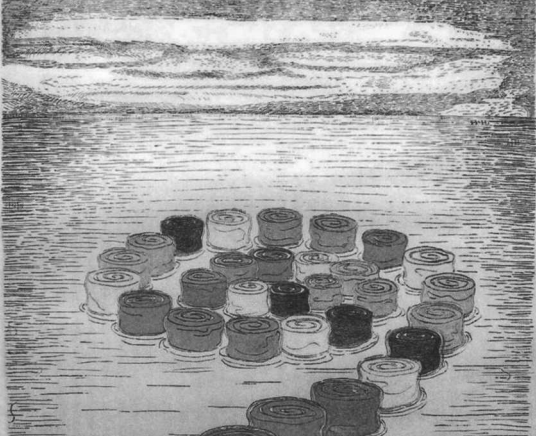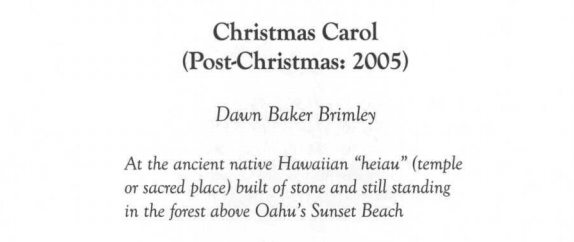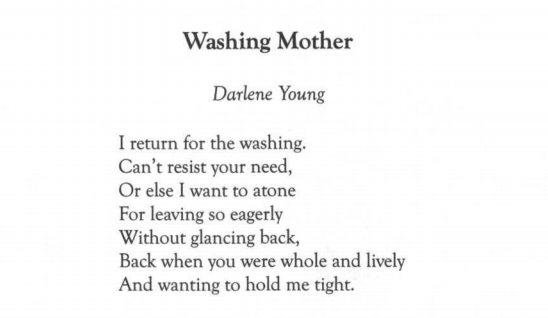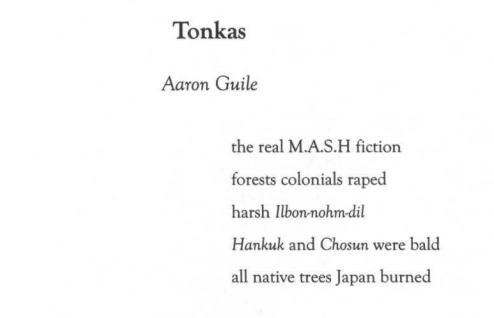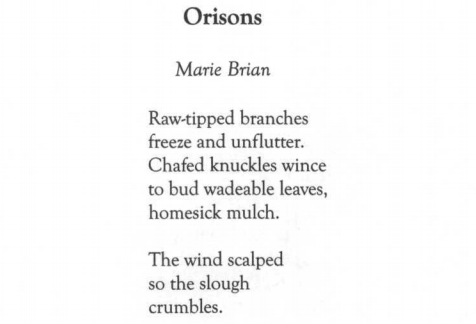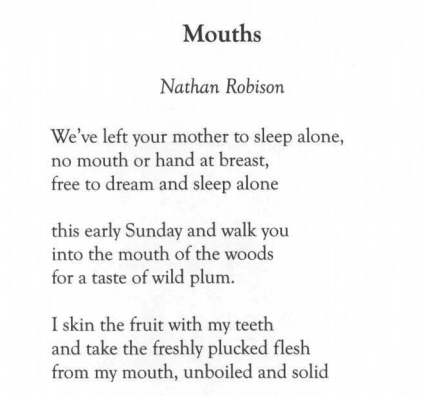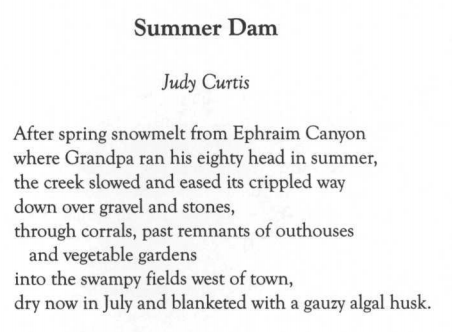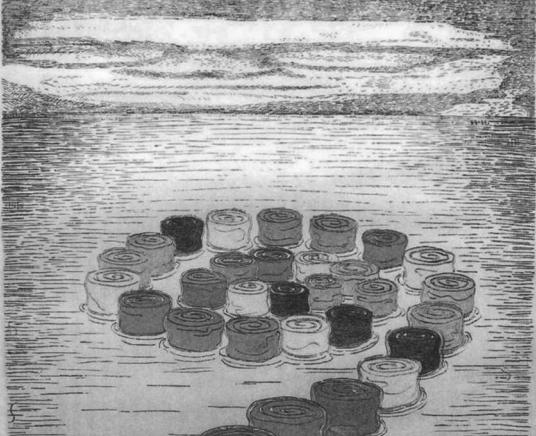By Any Standard, A Remarkable Book | Richard Lyman Bushman, with the assistance of Jed Woodworth, Joseph Smith: Rough Stone Rolling
March 21, 2018By any standard this is a remarkable book. Sixty years ago Knopf published Fawn Brodie’s No Man Knows My History, a biography of the Mormon prophet by a disaffected Mormon who, according to her own biographer, had already decided before she began her writing that Joseph Smith was “not a true prophet.” This study by Bushman is, in contrast, a biography by a believer who said he would write faithful history but still examine “all sides of Joseph Smith, facing up to his mistakes and flaws” (Preface, xix). It is fair, then, to ask: How faith-promoting is this biography and to what degree does Bushman examine all sides of Joseph Smith? That Knopf has permitted Bushman to write such a biography illustrates how much the climate of opinion among historians regarding religion and the Mormons has changed since 1945.


